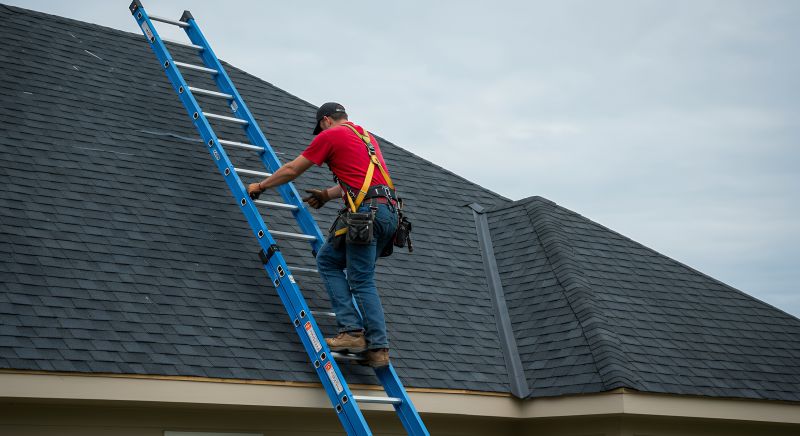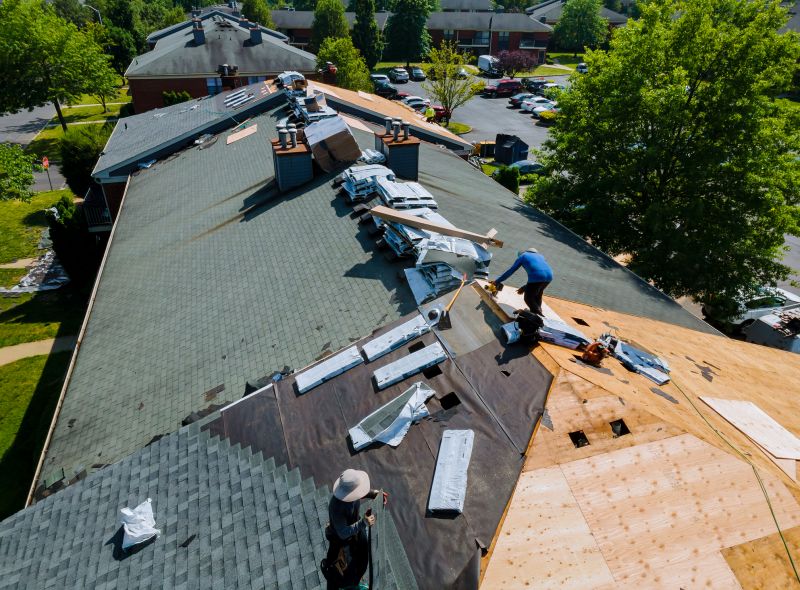Optimal Timing for Roofing Services
Scheduling roofing service at the optimal time can enhance the quality and longevity of the work. Understanding seasonal weather patterns and temperature fluctuations is essential for effective roof repairs and installations.
Spring offers mild temperatures and longer daylight hours, ideal for roofing projects. It reduces the risk of weather-related delays and allows for thorough inspections.
Summer provides extended days for work but can pose challenges with high temperatures. Proper planning ensures safety and quality during hot weather.
Fall is a popular time for roofing, with cooler temperatures and less rain. It allows for timely completion before winter.
Winter presents risks such as snow and ice, which can hinder roofing work and compromise safety. Scheduling during warmer months is generally recommended.

Ways to make Roofing Service work in tight or awkward layouts.

Popular materials for Roofing Service and why they hold up over time.

Simple add-ons that improve Roofing Service without blowing the budget.

High-end options that actually feel worth it for Roofing Service.

Finishes and colors that play nicely with Roofing Service.

Little measurements that prevent headaches on Roofing Service day.

A 60-second routine that keeps Roofing Service looking new.

A frequent mistake in Roofing Service and how to dodge it.

Small tweaks to make Roofing Service safer and easier to use.
| Season | Ideal Timing |
|---|---|
| Spring | Late March to May |
| Summer | June to August |
| Fall | September to November |
| Winter | December to February |
Roofing services encompass a range of tasks including inspections, repairs, replacements, and maintenance. Proper timing ensures that work is completed under optimal weather conditions, reducing risks and potential delays. Seasonal considerations are crucial for maintaining the integrity of roofing materials and ensuring safety during the project.
In Saint Paul, Minnesota, planning roofing projects during spring and fall can lead to better outcomes. These seasons typically offer favorable weather conditions, minimizing the impact of snow, ice, and extreme heat. Accurate scheduling can also help in avoiding peak seasons when contractors may be busier, ensuring timely completion.

